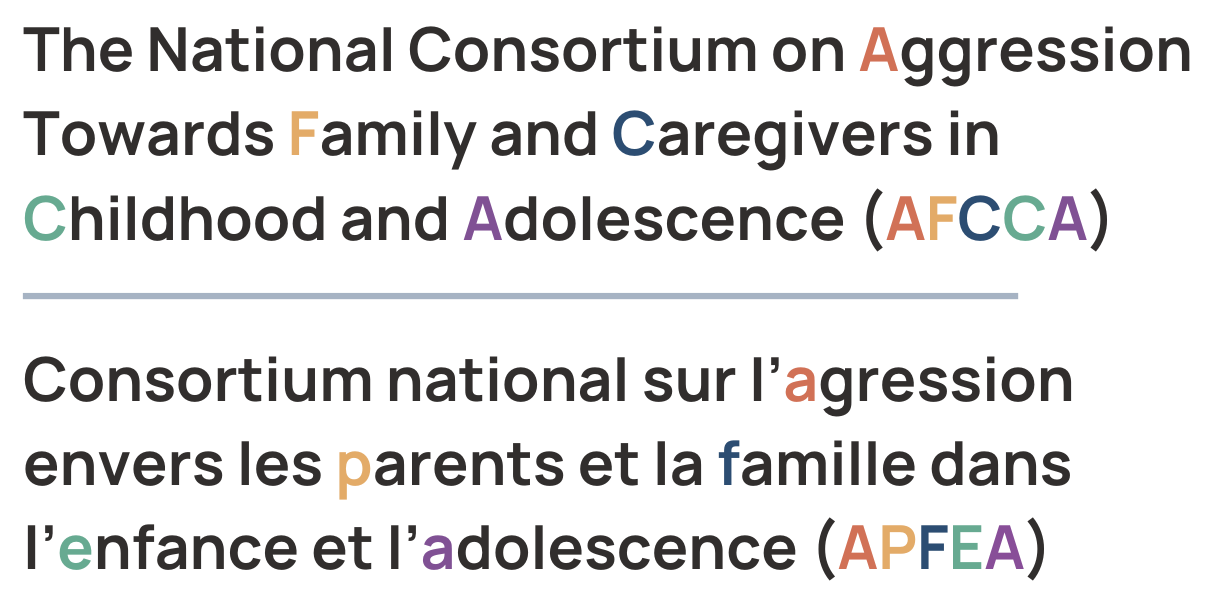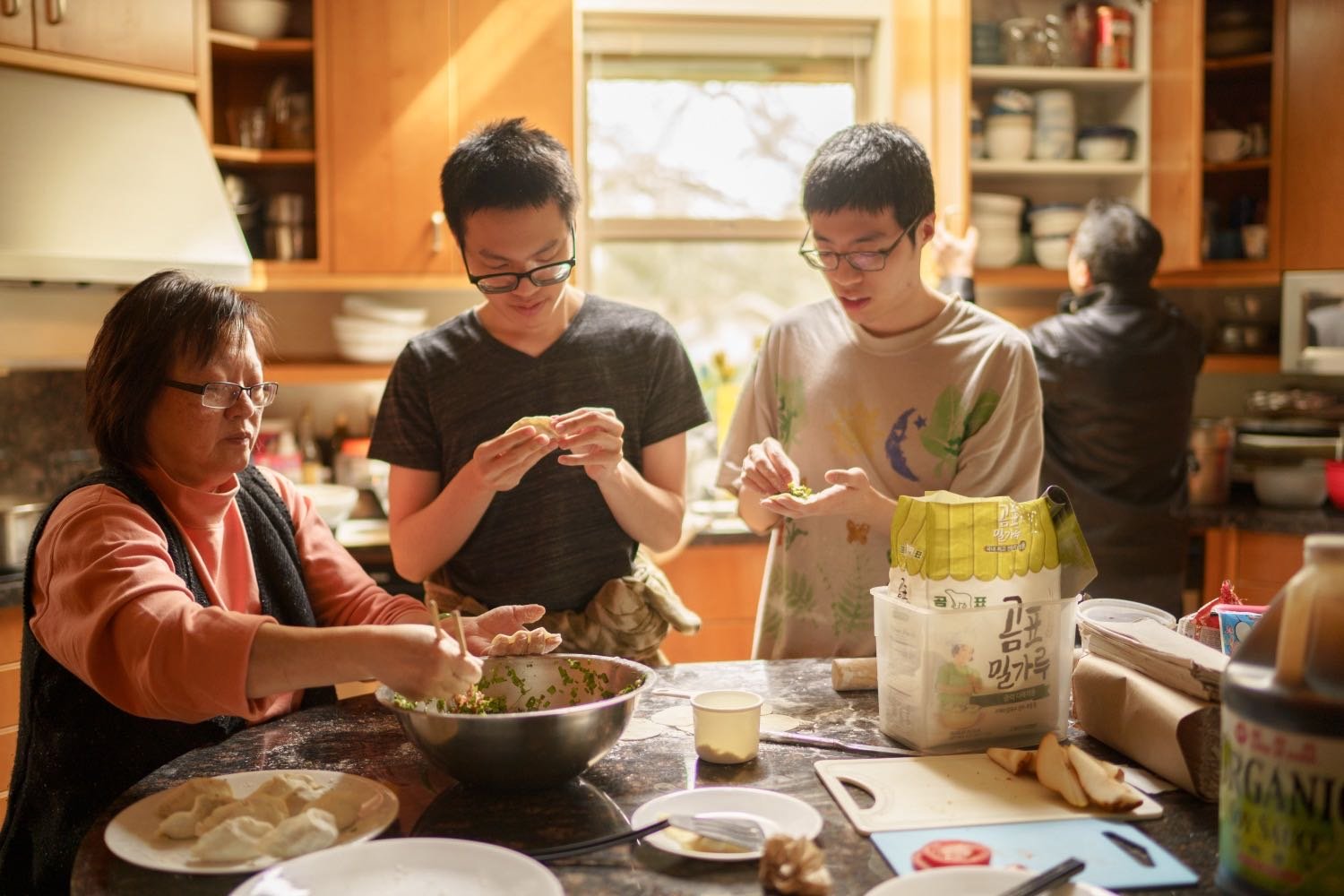
Individuals’ names have been changed in order to protect their privacy, or that of their child /adolescent.
shay and ric’s story
Shay and her partner have three children whom they adopted when their middle son Ric was five. Prior to joining their family, the children experienced severe abuse and neglect and had lived in multiple foster care placements. Ric is diagnosed with FASD, has sensory processing challenges, a communication disorder, a mild intellectual disability and an attachment disorder.
According to his mom, Ric is “funny, and athletic, and incredibly caring around animals – it’s people who are just hard for Ric. In particular, there is disrupted attachment with myself and his younger brother which has resulted in significant safety concerns as Ric’s become older and a teen”.
They currently have a very effective family-led plan where the whole family’s needs are considered. “It’s not just about keeping Ric okay; it’s about keeping our whole family okay”, Shay explains.
“Right now we’re probably as good as we have been in years. It doesn’t look anything like what I thought it would.”
It has been a long and arduous trip to get to where they are today. They sought help to create a unique co-parenting model, meaning that Ric is home with his family for part of the week, and he has a second respite home that is staffed 24/7 where he spends the other part. The two homes share decisions daily, while Shay and her partner remain Ric’s parents and his full legal guardians.
Under this family-led model, Ric has a core team that includes Ric himself, his parents, the primary co-parent from the extended respite provider, his attachment therapist, a child and youth worker, and his FASD worker. They meet bi-weekly to actively work through an ongoing plan of care and ensure they are all aligned on how the team works together. Ric sometimes attends those meetings as well, at his choice.
He also has an extended clinical team that come in and out as needed. They have worked with occupational therapy and have found sensory based strategies to be very helpful. Recently, they have added an equine assisted learning coach to the team, recognizing Ric’s passion for horses. They have one-to-one therapeutic programming with a child and youth worker for Ric and there is also therapeutic programming for he, his siblings, and parents to help with the attachments between the five of them.
“Ric is safe, his siblings are safe, we are safe. He says he thinks things are better than before. And we've been able to rebuild some family connections for Ric, through everybody just being in a better place.”
Shay comments that post-adoption support and child protection systems being co-mingled “was incredibly damaging and put the entire family at risk”. Multiple times they were encouraged to consider adoption disruption as “the best way to get Ric the help he needed”. Shay notes additional conflicts in having the same people in the same child welfare agency decide on child protection issues and whether to allocate ongoing post-adoption support funding.
On the brink of family breakdown, their cries for help were repeatedly rejected and they had to appeal multiple times even when completely depleted and exhausted. For Shay and her partner, peer support within the adoption and FASD communities was essential. “Talking with other families who had been here before us, who understood what was happening, who could help us navigate what was coming, and frankly could just hold space with us, has been crucial”.
The family was eventually able to work within the Complex Special Needs process in Ontario to find a creative way to preserve their family, while keeping everyone safe. Two years into this model, the physical violence has been significantly reduced, and they continue to work on psychological safety for everyone in the family.



